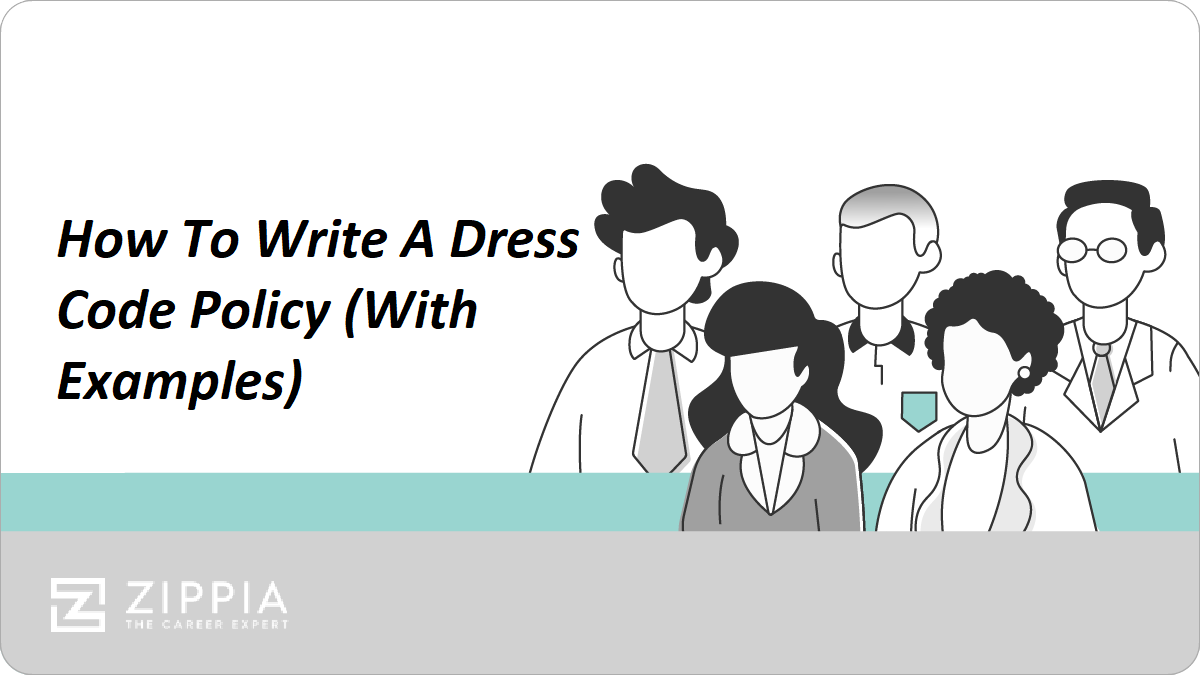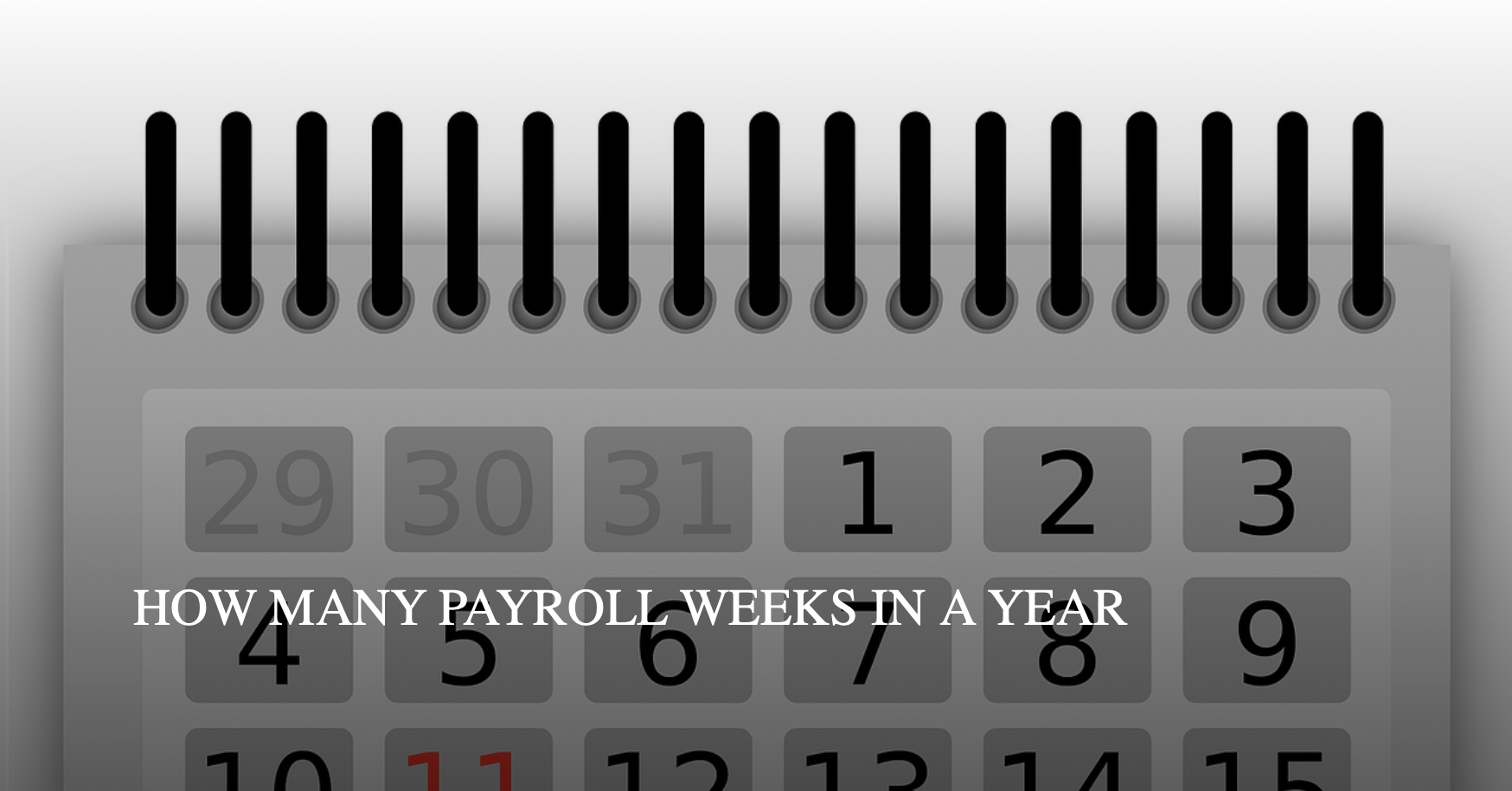Summary. To write a dress code policy, you should determine the type of dress code that you would like to follow such as business casual or formal business attire. Make sure to include the guideline such as specifics on what is appropriate and what is not. You may include any accommodations for any employee who has a disability or may have a conflict to the dress code.
A dress code is an important part of any business. This set of rules outlines what type of clothing a group of people must wear. Dress codes are typically created out of social perceptions and may vary based on purpose or circumstance. Today, we live in an age where dress codes can vary widely by industry or job type, so having a written policy is important.
Depending on the organization, a dress code can serve different purposes. For example, for individuals working in a plant or warehouse, their dress code will vary from others who may work in an office or retail environment. Some organizations may prioritize comfort over formal wear, especially if their employees are not client-facing.
In this article, we’ll discuss dress code policies, how to create one, and what to include.
Key Takeaways:
-
Dress codes are a way to create an employment brand.
-
Be sure to include any accommodations for anyone with a disability or lifestyle choice that may interfere with the dress code policy.
-
Some types of dress code include formal business attire, business casual, or uniforms.

What Is a dress code?
As mentioned above, a dress code is a set of rules that indicates what type of clothing is appropriate for a specific business. This allows the employer to set expectations regarding the image it wants its company to portray. Dress codes can be formal or informal and may include the use of uniforms.
Employers have used dress codes as a way to create an employment brand. For example, some technology companies, such as Apple, will allow employees to dress casually. In more traditional industries like law or finance, employees typically adhere to a formal dress code. For individuals working in a hospital, they are required to wear scrubs to remain sanitary.
These different dress codes bring different benefits to the employee, the employer, and the industry or environment in which they work.
Things to Include in a Dress Code Policy
Because there is no set standard of dress code policy, the employers typically determine how detailed they want their policy to be. Since this is a set of rules that will impact all employees in your organization, be sure to be inclusive, positive, and respectful when drafting your document, as well as offer reasoning as to why this policy exists.
You may want to consider including:
-
An introduction. Start your policy by introducing it to the company, followed by an explanation of how the dress code impacts the company as a whole. Outline the company’s expectations for employees and why it’s important to the business.
-
Audience. Be sure to specify who is required to follow this dress code policy or outline the differences between dress code policies, if applicable. For example, if you have a warehouse department and a sales department, you may have different criteria for each.
-
Guidelines. The guidelines to dress code are the meat of the policy. Here you can provide employees with specific guidance on appropriate clothing and other aspects such as tattoos, piercings, jewelry, footwear, and more.
-
The address code. Here is where you get into the details of what the general dress code of the company should be. List any exceptions, if applicable, such as a casual Friday.
-
Accommodations. Be sure to think of anyone who may have a disability or may identify with a certain lifestyle that conflicts with your dress code. Consider a process where employees can address any concerns to human resources.
Types of Dress Codes
There are a few different terms that you may encounter when looking to create a dress code policy for your company, such as formal business dress or business casual. Employers must consider which type is the appropriate one for their business and may also consider uniforms in certain industries. Here are some common types of dress codes:
-
Formal business attire. Formal business attire means suits, dresses, and formal footwear to present a professional, businesslike image to clients and the public. This type of code is typically found in law, finance, banking, and accounting. These industries do not typically allow casual clothing or shoes.
-
Business casual. Business casual policies are a little less formal where employees must still look professionally dressed but can often wear jeans or more comfortable shoes while still avoiding graphic t-shirts, torn clothing, tank tops, or sandals. You’ll see business casual in more laid-back industries, like tech.
-
Casual days. Some organizations designate a certain day of the week where they allow their employees to dress more casually, typically when there is no client contact. Employees may be allowed to wear jeans, t-shirts, longer shorts, capri pants, and athletic shoes.
-
Summer casual. Depending on the industry, your business may be slower in the summer months. A more relaxed summer casual code is common and may allow jeans, t-shirts, sundresses, and athletic shoes, but typically will frown upon showing midriffs or wearing flip-flops.
-
Grooming and hygiene. While not a dress code in itself, grooming and hygiene are important components of your dress code. These rules may require clothing to be clean and not ripped, disheveled, too tight, or inappropriate. Hygiene standards may require regular showering, use of deodorant, and oral hygiene guidelines.
-
Uniforms. Uniforms are a more restrictive type of dress code. Sometimes they are required by law, but sometimes employers may want to use them for a branding opportunity. Whatever the case, it’s important that if you are going to require uniforms, employers must review both state and federal laws to identify who pays for them.
Dress Code Policy Template
If you’re not sure where to start when developing your company’s dress code, below is a template that incorporates all of the important details you may need to include.
Dress Code Policy for Company
The Company enforces a professional dress code where employees dress appropriately at all times, as well as maintain proper personal hygiene.
When on the clock, we expect our employees to present themselves in a professional manner, which means our employees must adhere to our dress code policy. For any questions, concerns, or amendments, please contact sherihr@company.com.
Audience
This dress code policy applies to all employees of the Company unless otherwise specified.Guidelines
The Company encourages employees to use their best judgment when it comes to selecting work attire, including garments that fit appropriately and maintain a high level of professionalism. Our office maintains a business casual approach to our attire. Here are some guidelines to help if you are uncertain about what this may mean:
-
Employee attire should be clean and ironed. Please refrain from wearing clothing that has discernible rips, holes, tears, or stains.
-
Employees must maintain an acceptable level of hygiene to ensure interactions with clients and other staff are pleasant. Please work to maintain your oral and bodily hygiene.
-
Work clothes are expected to be business casual. This means clothing such as denim jeans and comfortable shoes (no athletic shoes, please) are acceptable.
-
Though clothing with branding is acceptable, the attire should be inoffensive and appropriate for the office or client interaction.
-
The company has no policy against visible tattoos or piercings.
Dress code
The dress code for all employees is business casual, except for the case of our janitorial and technical staff, who are encouraged to wear more comfortable attire such as jeans and athletic shoes.
Accommodations
If you feel Company’s dress code directly interferes with the prescriptions of your faith or other lifestyle choices, please contact human resources immediately.
Dress Code Policy FAQ
-
What are some examples of dress codes?
Some examples of dress codes are:
-
Formal business attire
-
Business casual
-
Smart casual
-
Casual
-
-
What is a dress code policy?
A dress code policy is a written set of rules that specifies what is appropriate or inappropriate for employees to wear to work. This allows the employer to set expectations regarding the image it wants its company to portray. Dress codes can be formal or informal and may include the use of uniforms.
-
How do you write a casual dress code policy?
To write a casual dress code policy, outline that employees should still look presentable, neat, and appropriate for work but can otherwise wear what they please. Make sure to specify who is require to follow the dress code policy or the differences between dress code policies. This could be for different departments such as a warehouse department would have a different policy than the sales department.
References
- Workplace Policies
- How To Make An Equipment Policy
- Employee Break Laws
- Business Process Management
- Diversity in the Workplace
- Federal Holidays 2023
- Cell Phone Policy
- Attendance Policy
- Dress Code Policy
- Writing a Code of Conduct
- Company Mission Examples
- Putting Values Into Action
- Workplace Etiquette
- How to Reward Employees
- Employee Handbook
- Alternatives To All-hands Meetings
- Workplace Diversity
- Diversity Vs. Inclusion
- How To Outsource HR
- Strategic Planning
- Guide to Remuneration
- Bereavement Leave At Work
- How To Make A Sabbatical Policy
- How To Make A Moonlighting Policy
- How To Make An Open Door Policy
- How To Make A Human Resources Strategy
- How To Make A Vacation Policy
- How To Make A Remote Work Policy
- How To Create A Compensation Plan
- How To Organize Your Desk
- What Is Business Sustainability?
- How To Handle Proprietary Information
- Pets In The Office Policy
- How To Write A Social Media Policy
- How To Write Company Bylaws
- What Is VTO?
- Flexible Work Schedules





